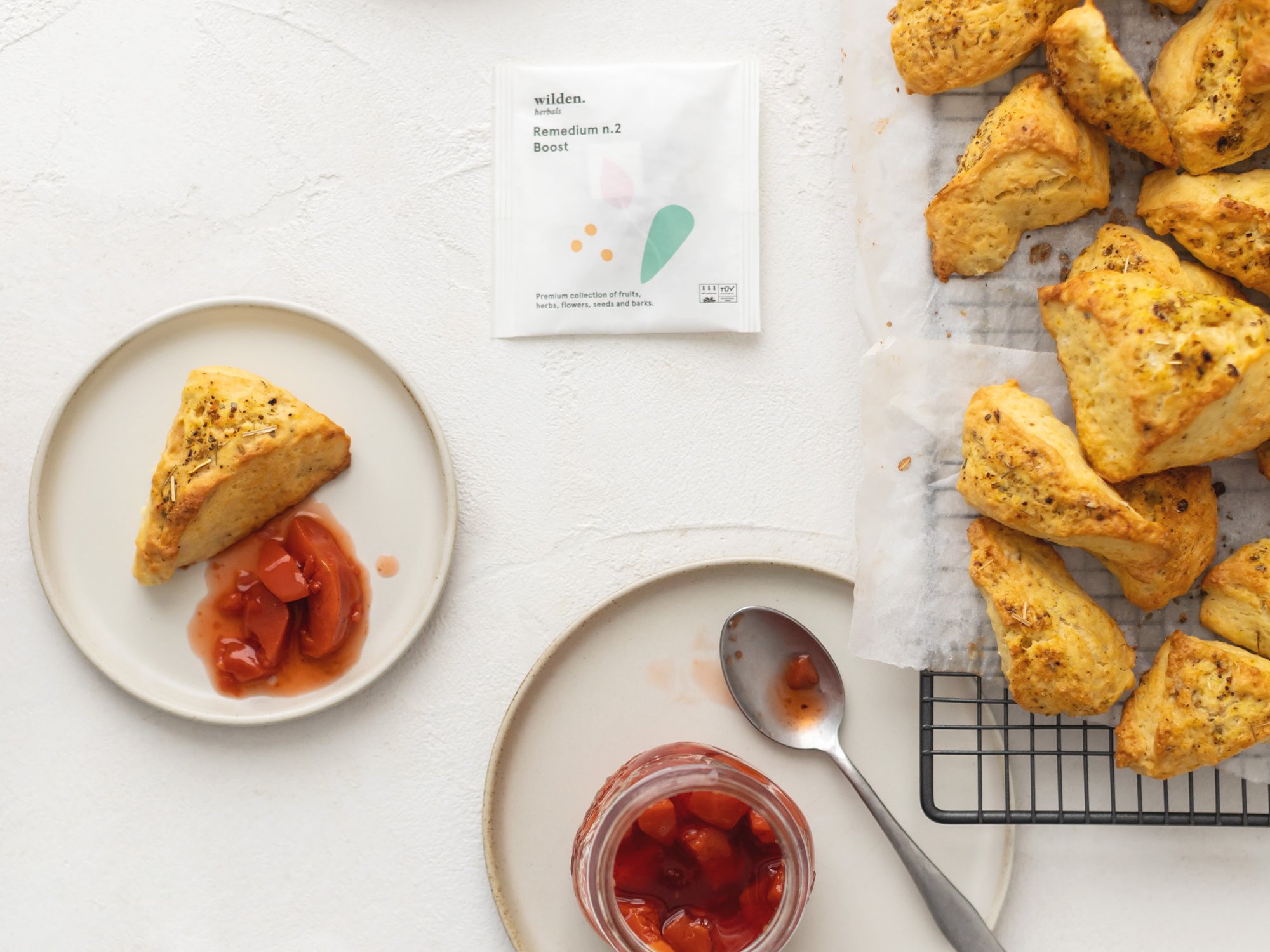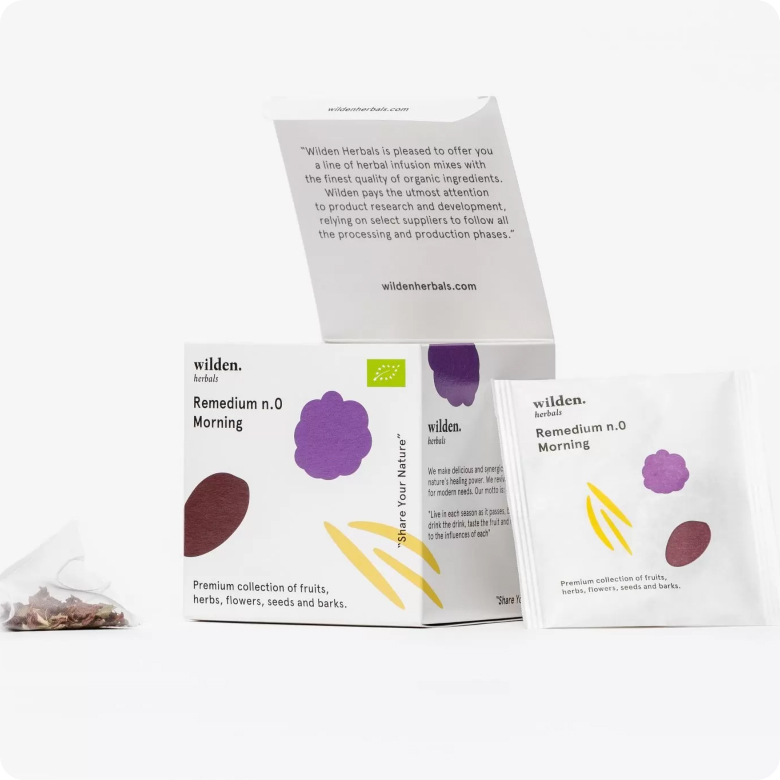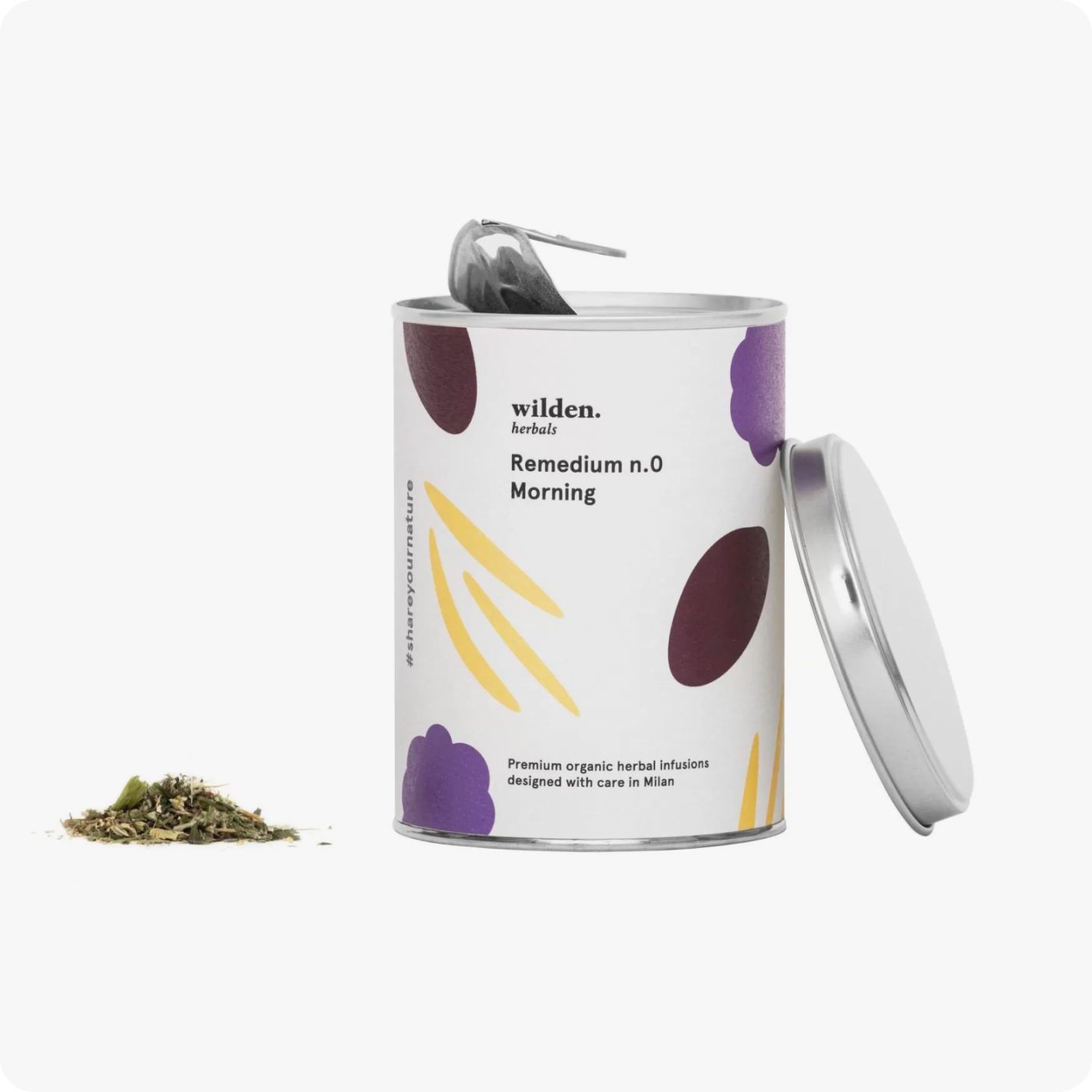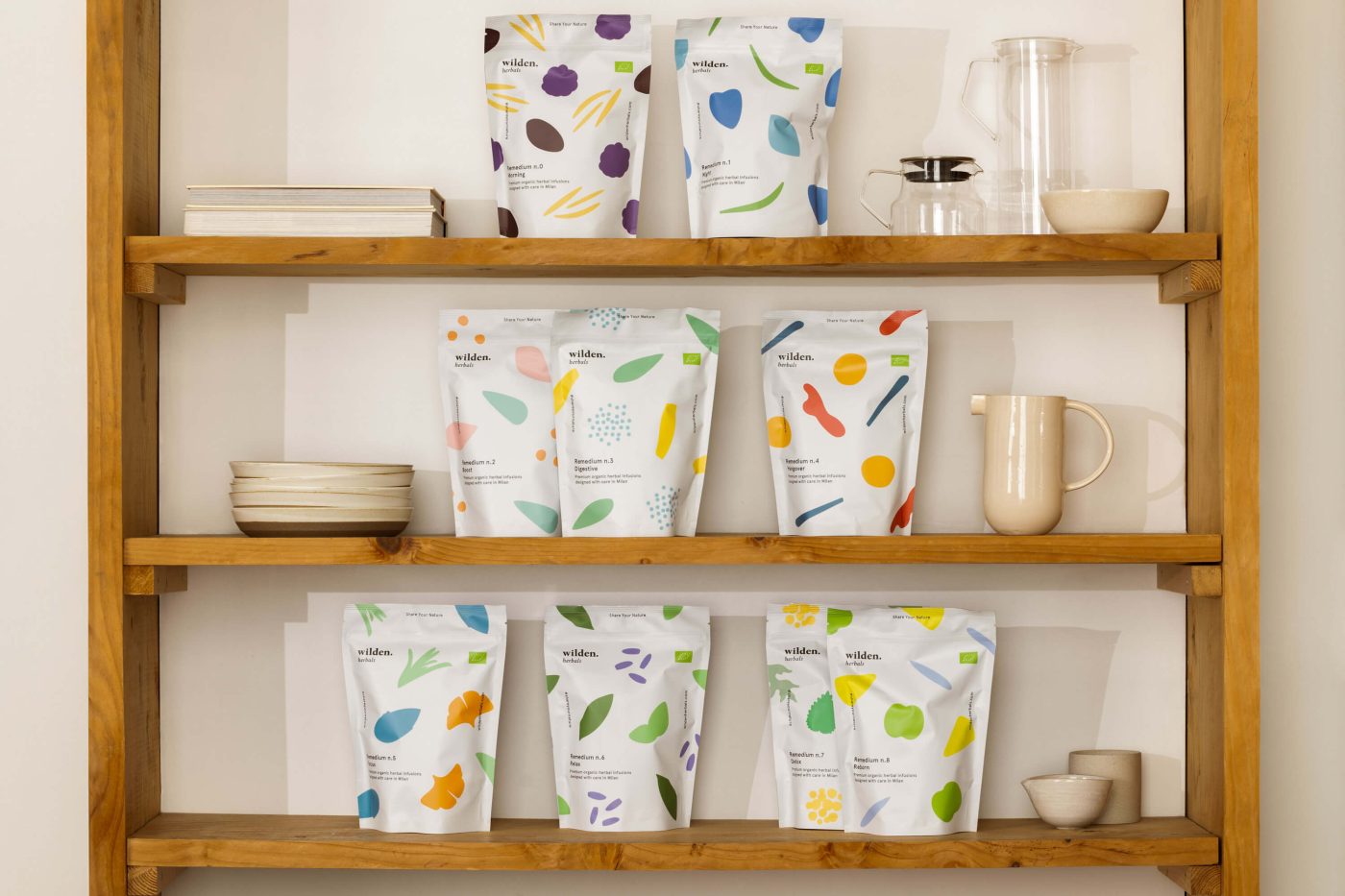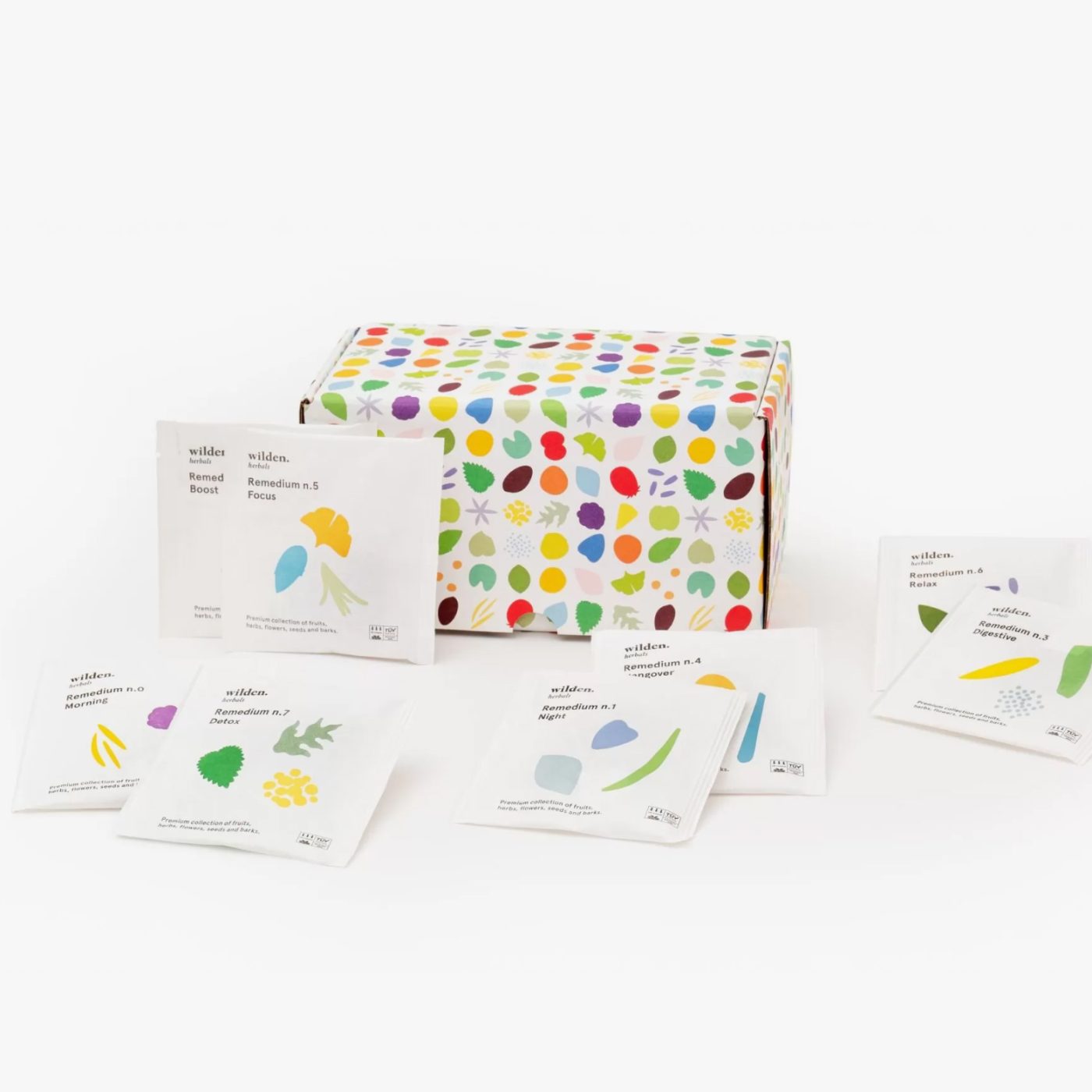Rooibos all year round! History of a natural tonic
A popular beverage in the Old World, rooibos is a natural panacea. But what is rooibos and what is it good for? Let's discover together the history, properties and uses of a wellness ally.
Table of contents:
A popular beverage on the old continent, rooibos originated in Africa from a “strange” bush. It comes from far away, but by now one hears about rooibos in herbalist shops all over Europe. However, not everyone knows exactly what rooibos is and what it is used for. So let’s start step by step by talking about what rooibos is, its history, and how to make rooibos herbal tea.

Rooibos plants 

The plant
Rooibos is a drink made fromaspalathus linearis, a South African shrub plant. The name comes fromAfrikaans, a language spoken by Boer settlers of Dutch descent, and means “red bush,” emphasizing the drink’s vermilion color. Rooibos can be prepared in two ways, which will subsequently give your rooibos herbal tea two different colors, green or red. Green rooibos is ground and then dried for a burst of antioxidants, but a more herbaceous taste; red rooibos, on the other hand, is fermented before drying and will be more delicate on the palate. Still considered the national drink of South Africa, rooibos has a sweetish taste that makes it pleasant to taste and in addition to being good it is also useful.
But how did rooibos come down to us Europeans and why is it so popular?
History
The first person to encourage the importation of rooibos to Europe was Benjamin Ginsberg, a Russian-born settler who in 1904 began its large-scale production, which quickly spread worldwide.
What are the properties and benefits of rooibos?
Today sipping a cup of rooibos is no longer considered an exoticism. It must be said that its consumption is related to digestion. Indeed, this drink gives relief from digestive discomfort. It also relieves skin allergies, insomnia, nervous tension and all those mild circadian states of restlessness. A drink with antioxidant power, it is thanks to aspalatin, quercetin and vitamin C that rooibos is considered an all-natural elixir of life. Quercetin, along with aspalatin, is an excellent antioxidant, useful in preventing circulatory and heart problems. Free of theine, rooibos is a first-rate ally that improves sleep quality. This is because, like many natural remedies, rooibos is an ingredient that if known is easily appreciated and will make your lifestyle more “healthy and wild” than ever before.

How to use rooibos?
Are you wondering how to make rooibos herbal tea? Simple, with a little water. Top ingredient in our Remedium No. 0 – Morning, rooibos herbal tea, combined with other ingredients such as cocoa, cinnamon and ginkgo, will be the yummy wake-up call you can’t live without. It is commercially available in bulk and ready to use, but if you want to give your brew a twist even in hot weather, try cold rooibos herbal tea. Thirst-quenching and invigorating, this drink will be your favorite natural drink.

Curiosities
For a healthy and tasty end to a meal, try syruping some fruit in a rooibos infusion. If, on the other hand, you are looking for a beauty tip to awaken your skin, try a rooibos mask. There are several on the market and they promise glowing, toned skin.
Sitography
https://www.greenme.it/mangiare/altri-alimenti/rooibos-te-rosso/
https://www.macrolibrarsi.it/speciali/te-rooibos-quali-benefici.php
https://www.comunicaffe.it/rooibos-esaminiamo-in-dettaglio-il-te-rosso-africano/
https://www.cucina-naturale.it/ingrediente/rooibos/

